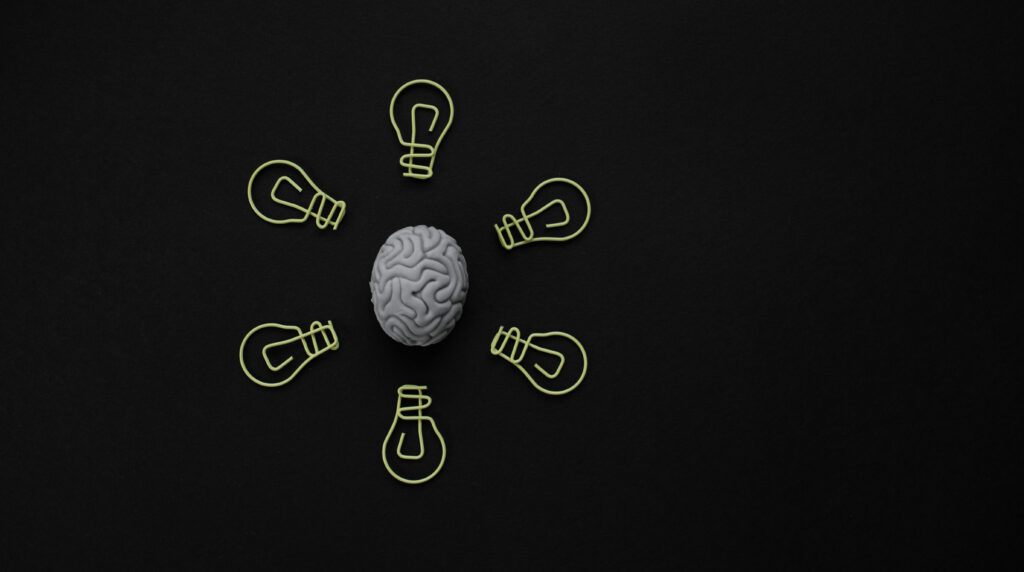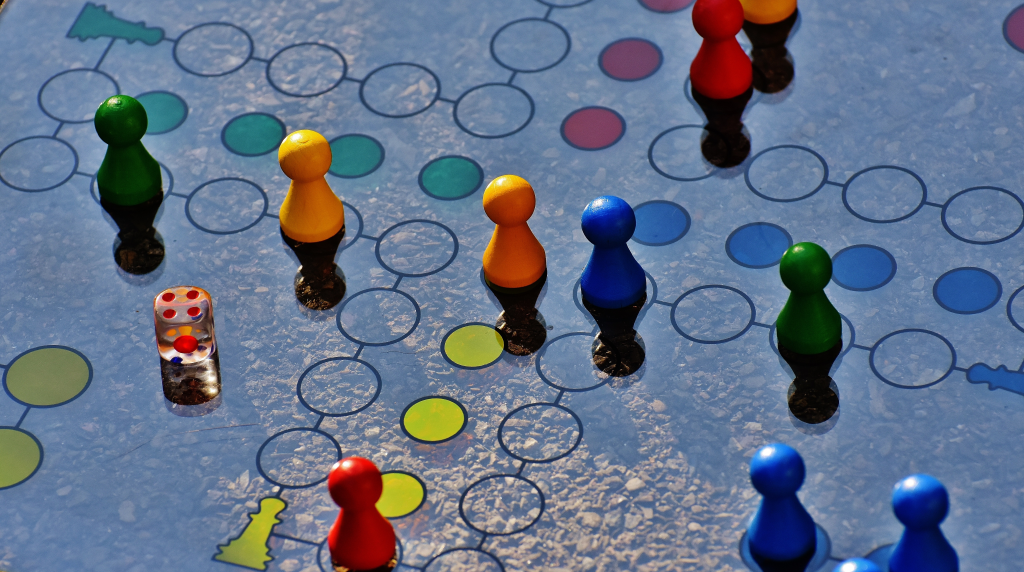If you’re part of the educational community, you’ve probably heard of Howard Gardner’s Theory of Multiple Intelligences. We’ve already discussed some of them on our blog, and today it’s time to explore what musical intelligence is and how to develop it in the classroom.
Musical intelligence often goes unnoticed, but its impact on children’s and young people’s learning is undeniable. That’s why, in this article, we’ll tell you everything you need to know and give you tips to successfully develop it in the classroom.
If you’ve missed our other articles about the different intelligences, we recommend checking out the following:

Setting the context: Howard Gardner’s theory of multiple intelligences
Before delving into musical intelligence, it’s worth reviewing what Gardner’s theory of multiple intelligences—introduced in 1995—consists of.
Howard Gardner was an American psychologist who argued that there isn’t just one type of intelligence but several types that people can develop to a greater or lesser degree. In total, he identified eight intelligences: linguistic, musical, logical-mathematical, visual-spatial, bodily-kinesthetic, intrapersonal, interpersonal, and naturalistic.
According to Gardner, people develop some intelligences more than others, which is why we should move away from a single concept of intelligence. The theory highlights that everyone possesses all intelligences, but some are more dominant than others. For example, a child may have a strong grasp of mathematical calculations but lack athletic ability.
Gardner’s theory sparked a debate on the need to change the educational paradigm—moving away from a system focused mainly on linguistic and logical-mathematical intelligences, toward one that embraces the full range of intelligences proposed in his theory.

What is musical intelligence and what are its main characteristics?
Now, getting into the main topic of this article, we’ll focus on how to develop musical intelligence in the classroom, bringing out the best in our students.
But first—what exactly is musical intelligence?
According to Gardner, musical intelligence is the ability to perceive, understand, create, and express music. In other words, it’s the ability to process and appreciate auditory information, as well as sensitivity to rhythm, pitch, and timbre.
Over the past few decades, research has shown that music education has a highly positive impact on learning and significantly influences cognitive, academic, and emotional development.
Although many believe that musical intelligence only develops in people with formal musical training, this isn’t the case. It’s more about how we connect with rhythm, music, and sounds.
Here are some key characteristics of people who have developed musical intelligence:
- They not only enjoy music but also appreciate it and learn better through sounds and music.
- They have the ability to recognize patterns and rhythms in music.
- They can use music to express emotions and feelings.
- Their creativity is enhanced.

Main benefits of developing musical intelligence in the classroom
Now that you know what musical intelligence is, you can probably guess some of the benefits of working on it in the classroom:
- Your students will learn to process information accompanied by sound.
- They’ll gain a broader understanding of the world’s diverse cultures.
- They’ll improve their ability to learn new languages.
- They’ll find it easier to play an instrument or compose music.
- They’ll develop their creativity and innovation.
Main challenges in developing musical intelligence in the classroom
Just as there are many advantages to fostering musical intelligence in the classroom, there are also challenges that teachers face every day when trying to implement it. Some of these include:
- Curricular limitations: In countries like Spain, the official time allocated to arts-related subjects is very limited compared to subjects that focus on linguistic or logical-mathematical competencies.
- Diverse learning paces: In addition to the limited hours dedicated to arts and music, there’s a wide variety of abilities and learning rhythms within a single classroom. This makes it difficult to personalize teaching and meet all educational needs, hindering the development of musical intelligence for students who need extra support.
- Lack of cross-curricular integration: Unlike other competencies, music is rarely taught in an interdisciplinary or cross-curricular way across subjects, limiting the development of musical intelligence.

Strategies to successfully develop musical intelligence in the classroom
Although there are limitations when it comes to developing musical intelligence, there are many ways to integrate it into your lessons—whether or not you teach an arts-related subject. This means any teacher, regardless of subject, can work on musical intelligence in the classroom. Here are some ideas:
- Create an environment filled with music and rhythm: Music isn’t just for music class—you can incorporate it into other moments throughout the school day. For example, you might set aside five minutes for meditation during the day, with relaxing music playing in the background. This helps students disconnect for a moment and associate that type of music with relaxation.
If you’d like to share this kind of initiative with students and families, Additio App’s communication platform makes it easy. Through a completely private and secure environment, you can send all kinds of messages to families, helping them feel more connected.
- Learn about other cultures and countries through music: Want to bring a fun yet educational activity to class? Then taking a “musical journey” through different countries and cultures is a great idea. For each country or culture, you can explore traditional instruments, typical songs, or even regional dances.
Additionally, to boost student motivation, you can create an interactive quiz before or after the session to assess their knowledge and gamify the class.
- Create cross-curricular activities that include music: Music can be found in many aspects of our lives—and the same applies in education.
For example, you can work on musical intelligence when studying poetry in Language and Literature (rhythm and intonation in poetry are much more closely related to music than we might think).
You can also enhance musical intelligence in language classes by listening to songs in the target language to learn more vocabulary and expressions.
In Physical Education, you can include music to design dances that work on different aspects of the curriculum.
And so on—with every subject!
If you want to keep track of all the cross-curricular activities you create, we recommend using Additio App’s learning units and project generator. There, you can record all your tasks, link them to competencies and criteria, and plan their evaluation. Later, you can transfer everything into your gradebook for each session.

Tell us about your experience developing musical intelligence with your students!
If you’ve had experiences working on emotional intelligence in the classroom, we’d love to hear how it went. You can find us on social media: Facebook, Twitter, Instagram and Youtube.
Don’t forget to register on Additio App to enjoy all the features that will help you improve your day-to-day teaching experience.
Ciao!





